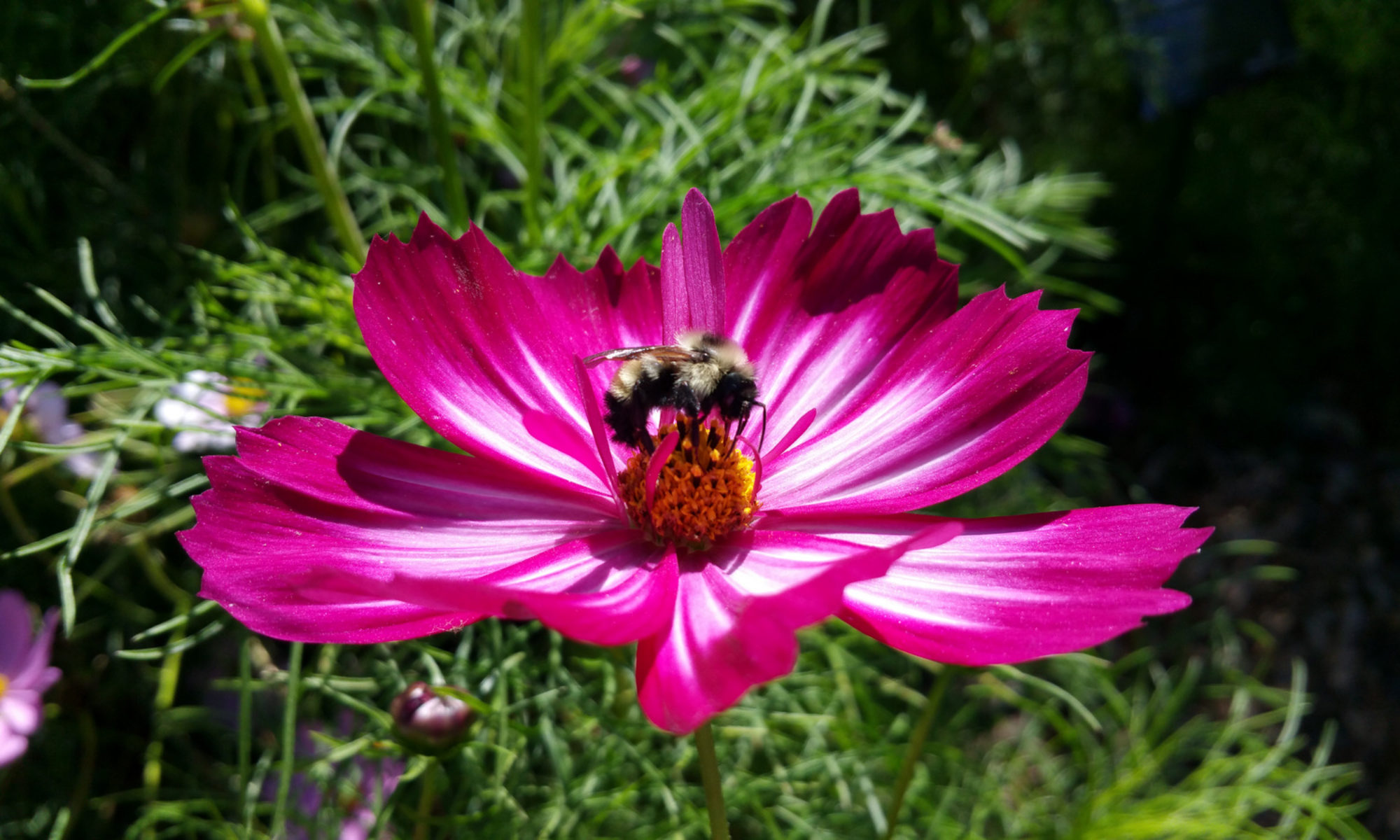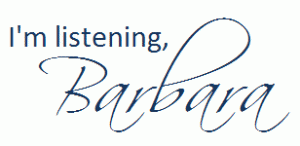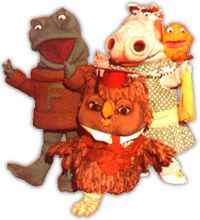
As summer comes to a close, college students might want to take some time and get back up to speed on what’s happening in public relations and social media before they return to their classes in the fall. Here’s an updated version of a post I wrote last June that should be helpful to you.
~~~~~~~~~~~~~~~~~~~~
Let’s face it . . . whether you’re a PR student, practitioner or faculty member, we’re all busy. So how can you get (and stay) up to speed with the ever-changing world of public relations? Here’s a quick guide to how I stay current in public relations.
One: Listen to PR podcasts.
Some of my favorite podcasts are: For Immediate Release, Inside PR, PRStudCast, Trafcom News, Marketing Over Coffee and Coming Up PR. My favorite time to listen to podcasts is during my daily two-mile walks in this sweltering Florida heat. I also listen to them when I drive, work out and clean the house. Some people prefer to listen to podcasts on their computers; my preference is listening to them on my Samsung Epic or iPod.
Here’s a short video on how to subscribe to and download podcasts using iTunes. If you’re not an iTunes person, you may want to visit Podcast Alley, where you can find thousands more podcasts. You can listen to the podcasts directly from the website.
Two: Subscribe to daily or weekly PR e-mailed newsletters.
My favorite PR newsletter is one that comes into my inbox daily from Ragan Communications: the PR Daily newsfeed. When I want to read the latest on PR, this is the newsletter I turn to first. Another helpful newsletter comes from Chris Brogan; Chris provides different content in the newsletter than he does on his blog, so it’s definitely worth subscribing.
Three: Follow PR practitioners on Twitter.
Are you a public relations student (or recent grad) just getting started using Twitter? Try following some (or all) of these people or organizations in my Twitter Starter Pack for PR Students. They all have something in common: they tweet useful or interesting information for people involved in public relations.
Four: Read PR blogs.
There are hundreds of blogs about public relations. I’ve bookmarked many of them in Diigo for you. You can subscribe to them using your favorite RSS reader (such as Google Reader), or just read them on the web. Some of the most helpful blogs I’ve discovered include Gini Dietrich’s Spin Sucks and Shonali Burke’s Waxing Unlyrical.
Five: Watch the news on TV.
Yes, I said “watch the news on TV.” I mean on a real TV, with a complete newscast, not just bits and bobs that you catch online. I start off every day a steaming mug or three of chicory coffee and at least an hour of broadcast news, usually with 15 or so minutes of local news followed by CNN American Morning and Today Show. By knowing what’s going on in the world, it helps frame the snippets of stories I read or hear online throughout the day. To be sure that I’m keeping up on the news, I also listen to the podcast version of NPR’s Wait Wait Don’t Tell Me weekly news quiz. (I sometimes even play the Lightning Round of Wait Wait in class on Mondays to see how much my students know about what’s going on in the world.)
Your suggestions?
What additional resources would you recommend?
(NOTE: This post is an updated version of one I wrote in early January 2010.)








